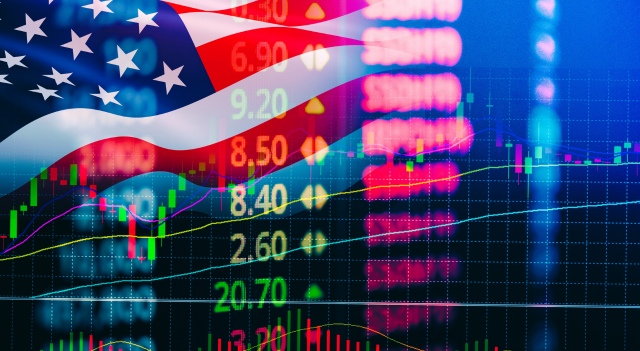U.S. stocks traded mixed on Tuesday as investors digested President Donald Trump’s latest tariff announcements and a new implementation timeline.
As of 09:35 ET, the Dow Jones Industrial Average was down 80 points, or 0.2%, while the S&P 500 hovered near flat. The tech-heavy NASDAQ Composite rose 40 points, or 0.2%.
Tariffs Announced, Deadline Extended
On Monday, Trump unveiled a new round of trade tariffs targeting several Asian and African nations. The measures include a 25% levy on imports from South Korea, Japan, Malaysia, and Kazakhstan; a 30% tariff on South Africa; 32% on Indonesia; 35% on Bangladesh; and 36% on Thailand.
Alongside the tariff announcements, Trump signed an executive order delaying the start date for these duties to August 1, pushed back from the original July 9 deadline. He later said the August deadline was not “100% firm,” signaling potential flexibility and willingness to continue trade talks.
Notably, the new tariffs do not overlap with existing sector-specific levies on automobiles, steel, or aluminum. Also absent from the list were India and the European Union, a move analysts say could suggest pending trade agreements with those regions.
In a note to clients, analysts at Wolfe Research called the development “decidedly mixed news” for markets. While the higher tariffs could raise an estimated $54 billion in annual revenue—especially when combined with last week’s preliminary trade deal with Vietnam—the delay effectively extends a previous 90-day pause on tariff enforcement without eliminating the threat of renewed escalation.
Still, markets remain cautiously optimistic that Trump will tread carefully to avoid further market disruption. Wolfe analysts noted, “These letters don’t change anything immediately, but they offer a hawkish signal about the direction of trade policy.”
Amazon Begins Extended Prime Day
In corporate news, Amazon (NASDAQ: AMZN) kicked off its annual Prime Day sales event, now expanded to four days. Analysts expect the extended shopping period to drive a significant increase in online retail sales.
Adobe Analytics projects U.S. online spending during Prime Day to hit $23.8 billion—up 28.4% from last year’s two-day event. Amazon said the extension was in response to Prime members asking for more time to find deals.
During last year’s Prime Day, held in July 2024, U.S. shoppers spent $14.2 billion, a year-over-year increase of 11%, according to Adobe data cited by Reuters.
With a quiet day for economic data, investor attention is now turning to Wednesday’s release of the Federal Reserve’s June meeting minutes. The Fed is expected to maintain its wait-and-see approach on interest rates as it monitors inflation and the broader impact of the new tariffs.
Oil Prices Edge Lower
Crude prices slipped on Tuesday as markets reacted to Trump’s tariff escalation and increased oil output from OPEC+.
By 09:35 ET, Brent crude futures were down 0.2% at $69.46 per barrel, while West Texas Intermediate (WTI) crude dropped 0.3% to $67.72.
Traders remain wary of the tariffs’ potential to dampen global economic activity and weaken oil demand.
Adding to the pressure, OPEC and its allies (OPEC+) announced a production increase of 548,000 barrels per day (bpd) for August—more than previous hikes of 411,000 bpd for May, June, and July.
